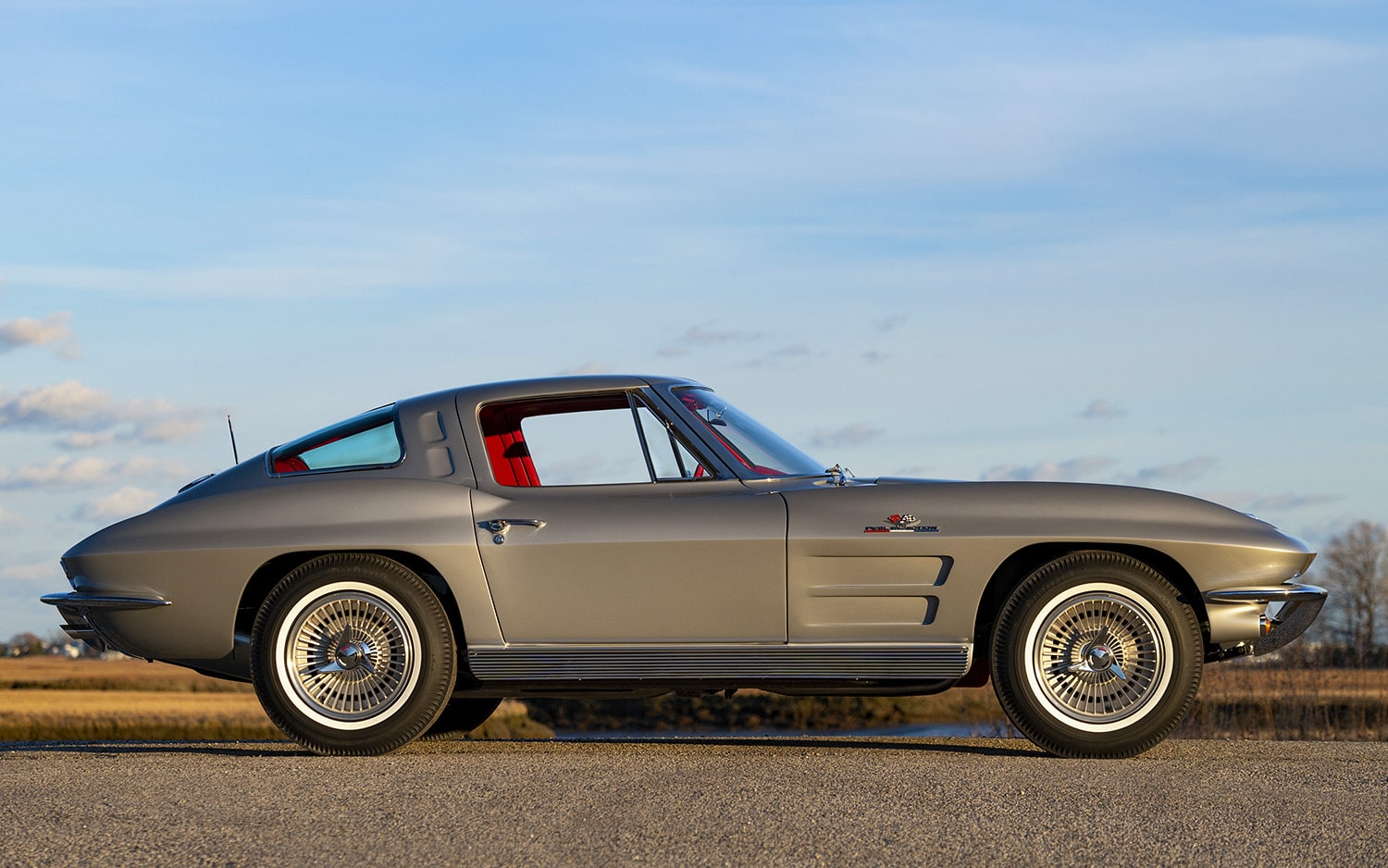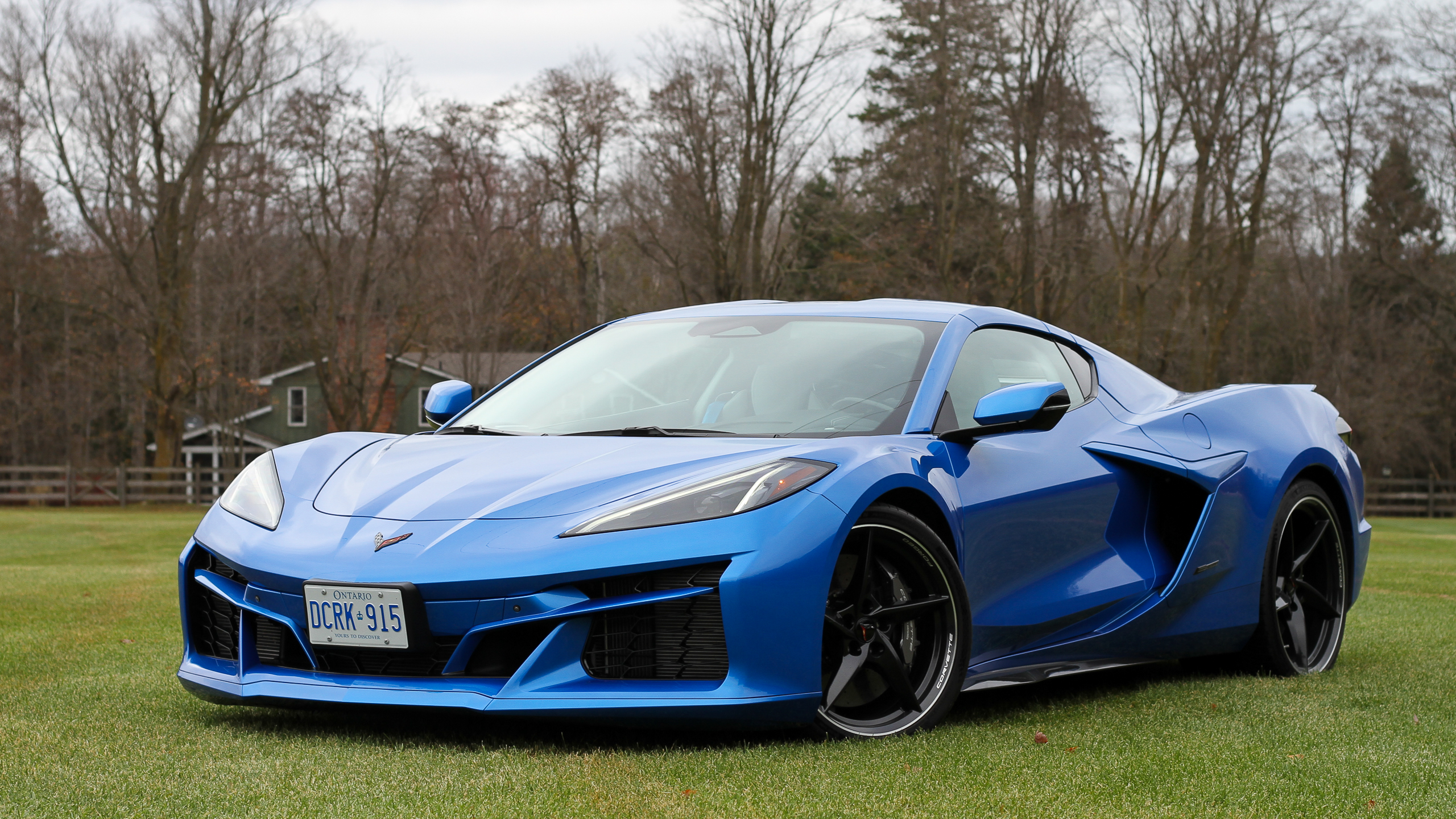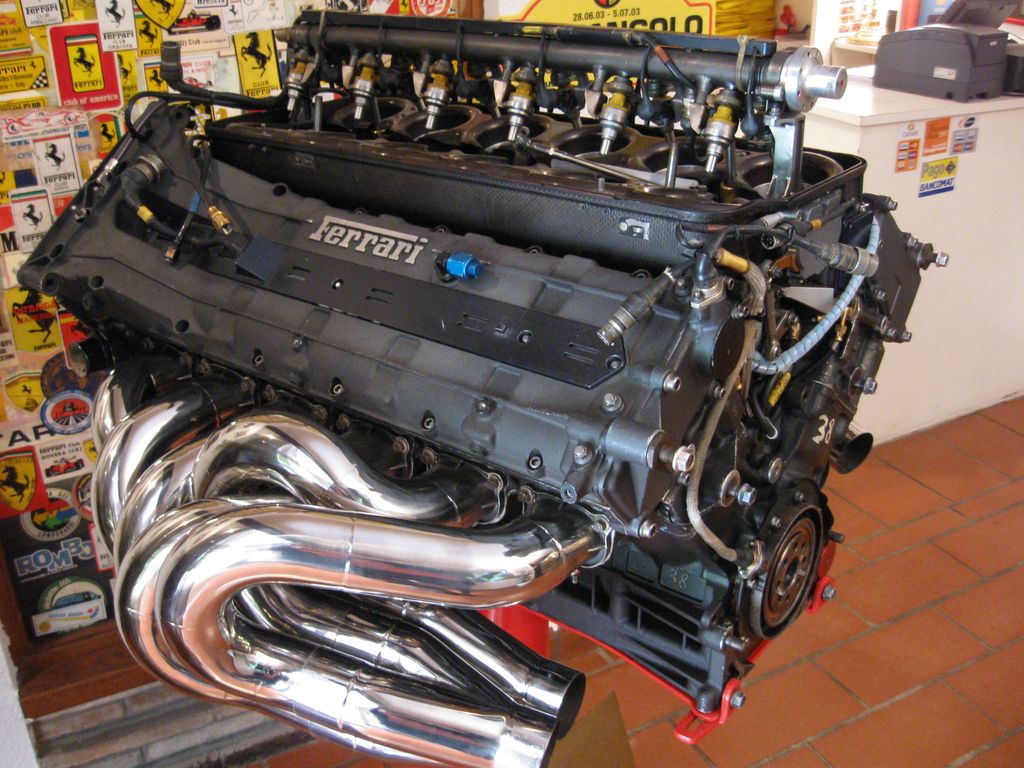
If there’s one car that’s captured imaginations, turned heads, and defined American performance since 1953, it’s unequivocally the Chevrolet Corvette. Whether you dreamed of a shark-nosed C3 on your bedroom poster or vividly remember when the Stingray first hit the streets, the Corvette has always been more than just a car; it’s been the embodiment of a dream, the vehicle that made people say, “Someday.” This enduring sentiment is a testament to its profound impact on automotive culture and its unparalleled ability to blend style with exhilarating speed.
Across every generation, the Corvette has undergone significant transformations, sometimes radically evolving its design and engineering, yet it has never once lost its audacious spirit. Some models rewrote the rules of performance, daring to challenge established European exotics. Others broke barriers in technology and design, setting new standards for what an American sports car could be. And a select few simply served as powerful reminders to the world that pure, unadulterated performance and unmistakable style didn’t exclusively have to come from overseas.
So, prepare to fire up that small-block – or perhaps a thunderous big-block, or even a formidable LT4 in your mind – queue up your favorite classic rock playlist, and ready yourself for an in-depth celebration of the absolute best of the best. This meticulously curated list presents 6 of the most iconic Corvettes ever built, chosen for their profound historical impact and their undeniable hold on enthusiast opinion. Join us as we journey through seven decades of raw horsepower, groundbreaking innovation, and the quintessential American performance spirit.

1. **1953 Corvette C1: The One That Started It All**The story of America’s sports car begins in a singular, unforgettable fashion with the 1953 Corvette C1. This inaugural model, with its sleek, fiberglass body, wasn’t just a car; it was a revelation, marking the beginning of a legacy that would captivate generations. Launched at the GM Motorama in New York City on January 17, 1953, it was an instant sensation, even if its mechanical underpinnings were borrowed from existing Chevrolet sedans.
What truly set the 1953 Corvette apart was its innovative use of fiberglass for the body, a revolutionary concept at the time for a production car. This material allowed for fluid, distinctive curves that captured the imagination of car enthusiasts, presenting a two-seater that exuded confidence and an unmistakably American aesthetic. It offered a robust, unique alternative to the often spindly European sports cars of the era, like the MG-TF.
Initial production was extremely limited, with only 300 examples of the new 1953 Corvette hurriedly built, all finished in a striking Polo White with red interiors and powered by a slightly tweaked, 150-horsepower version of the Chevy “Stovebolt” inline-six. While performance was modest by later standards, it undeniably lit the fuse on a 70-year American love affair with speed and style, laying the indispensable foundation for every single Corvette that would follow.

2. **1957 Corvette Fuelie: The Tech Trailblazer**Just four years after its debut, the Corvette took a monumental leap forward in performance and sophistication with the introduction of Rochester mechanical fuel injection for the 1957 model year. With Zora Arkus-Duntov, often hailed as the “Father of the Corvette,” guiding its development as chief engineer, Chevrolet’s two-seater finally came of serious performance age, proving it wasn’t just a pretty face but a legitimate contender on the world stage.
Thanks to the incredibly precise fuel distribution afforded by this advanced system, the 283-cubic-inch small-block V8 was able to achieve a remarkable 283 horsepower. This was a magical, industry-defining number, signifying the first time a production engine had achieved the coveted one horsepower per cubic inch ratio – a monumental achievement for its era. This immediately put the Corvette in contention with Europe’s finest sports cars, demonstrating that American engineering could stand shoulder-to-shoulder with the best the world had to offer.
The “Ramjet Fuel Injection” system, a development of the one fitted to John Fitch’s 1956 B-Class winner at Sebring, became instantly iconic. Road & Track’s test of a ’57 Corvette Fuelie, equipped with a 4.11:1 rear gear set, recorded a blistering zero to 60 mph time of 5.7 seconds – a figure that remains impressive even by today’s standards. This model truly solidified the Corvette’s reputation, shifting it from a stylish cruiser to a legitimate, high-performance sports car and cementing its place as a pivotal tech trailblazer.

3. **1962 Corvette C1: The Bridge Between Eras**The 1962 Corvette C1 stands as the automotive equivalent of a perfectly executed transition album, skillfully blending the sophisticated cool of the old guard with a tantalizing hint of new-school swagger. This model served as the poignant last hurrah for the foundational C1 generation, bidding a refined farewell to the straight-axle chassis design that had defined the Corvette since its inception. Crucially, it was also the first to completely shed the chrome-heavy, often two-tone coves, adopting a cleaner, more monochromatic, and ultimately sleeker appearance.
This stylistic evolution was far more than skin deep; it brilliantly set the stage for the revolutionary, game-changing Sting Ray that would electrify the automotive world just one year later. Under the hood, the 1962 model marked the debut of the robust 327-cubic-inch V8, replacing the earlier 283. This new engine could be had with an impressive 360 horsepower when paired with fuel injection, providing a significant boost in performance that perfectly complemented its refined aesthetics.
As the last C1 to feature exposed headlights and a solid rear axle, the ’62 Corvette possesses a unique charm – a cool, old-school vibe infused with a hint of modern menace. It truly represents a proper send-off for the C1 era, serving as a vital bridge into the more aggressive, technologically advanced, and undeniably iconic Sting Ray era that was about to dawn. It feels like stepping into a classic black-and-white film, commanding attention and appreciation for its pivotal role in Corvette’s storied evolution.

4. **1963 Corvette Sting Ray Split-Window Coupe: The Mona Lisa of Corvettes**For one year, and one year only, an iconic feature was born and, just as quickly, vanished, leaving behind an automotive masterpiece that remains one of the most recognizable and coveted Corvettes of all time. The 1963 Corvette Sting Ray Split-Window Coupe is, without question, the Mona Lisa of Corvettes. Its dramatic, sharply creased bodywork, the tapered tail, and that polarizing yet undeniably beautiful split rear window made it utterly unlike anything else on the road, instantly cementing its status as a collector’s dream, with some models easily selling for over $200,000.
This C2 generation debut wasn’t just about sensational styling; it also ushered in a new level of sophistication and performance. It featured a powerful 327ci V8 with up to 360 hp, and, more importantly, it introduced an all-new chassis with fully independent rear suspension, a significant technological advancement that instantly made the Corvette competitive with sports cars from around the world in both daily comfort and on-track prowess. This was a turning point, allowing the Corvette to once again genuinely compete with rivals like Shelby’s new Cobras.
Interestingly, the split-window design itself was the brainchild of Zora Arkus-Duntov, who famously disliked it after its implementation because it hindered rear visibility. He eventually got his way, and the distinctive split window was gone for the 1964 model year, making the ’63 a true one-year-only masterpiece. This car didn’t just make people fall head over heels for Corvette design; it cemented its place as an automotive icon, a work of art that you don’t just drive, but rather gaze at in awe, forever etched into the annals of design history.

5. **1965 Corvette Sting Ray (396ci Big Block): When the Muscle Arrived**The C2 Sting Ray was already a gorgeous and capable machine, but 1965 is the year it truly found its brawn, transforming from merely sporty to an absolutely terrifying force of nature. This was the monumental year the big-block engine finally arrived in a Corvette, shaking the foundations of American performance in the form of the formidable 396-cubic-inch V8. Overnight, the Corvette’s reputation for speed and power was indelibly altered, making the competition sweat – and perhaps even more than a little nervous.
The 396ci big-block, rated at a monumental 425 horsepower, instantly made it the most powerful Corvette to date upon its launch. This behemoth of an engine required a special, imposing “stinger” hood to provide adequate clearance for its massive air cleaner, a visual cue that powerfully hinted at the beast lurking beneath. This engine didn’t whisper its presence; it roared, its brutal low-end torque shaking the pavement and sending visceral shivers down the spine of anyone within earshot.
Beyond the sheer power, the 1965 model year also saw other significant performance enhancements, including the debut of four-wheel disc brakes – a crucial upgrade that finally provided the stopping power necessary to rein in such immense horsepower. This combination of raw muscle and improved control solidified the ’65 Big Block as a pivotal moment, setting the stage for the even larger and more aggressive 427s that would soon follow. This Vette doesn’t just make you feel alive; it makes you feel like you’ve just mainlined pure adrenaline, leaving a cloud of rubber and envy in its wake.

6. **1967 Corvette L88: The Beast They Tried to Hide**This is the stuff of legend, whispered in hushed tones around campfires and engine hoists: the 1967 Corvette L88. Only 20 of these untamed beasts were built in 1967, and Chevrolet actually went to great lengths to discourage dealers from selling it to regular customers because it was so unhinged. This was not a car for the faint of heart or the casual driver; it was a pure, uncompromising, race-bred monster, designed for one purpose: unadulterated speed on the track.
Under the hood lay a monstrous 427-cubic-inch big-block V8 with aluminum heads and combustion chambers boasting a startling 12.5:1 compression ratio, topped by a huge 850 CFM Holley four-barrel carburetor. Officially rated at 430 horsepower – a figure that was, to put it mildly, a knowing “wink-wink” from GM – most observers accurately estimated its actual output to be closer to a staggering 550 horsepower on the dyno. This level of power bordered on illegal for street use, demanding a minimum of 103 research octane race fuel for optimal performance.
To save weight and ensure its track-focused intent, the L88 came stripped of creature comforts. There was no radio, no heater, and no fan shroud, making it unequivocally clear that this machine was built for competition, not boulevard cruising. There was even a warning label that emphatically stated, “Warning: Vehicle must operate on fuel having a minimum of 103 research octane and 95 motor octane or engine damage may result.” Just standing next to an L88 when it starts is an experience in itself; you can practically feel the big carburetor fighting to pull air from your lungs, and the heat from the exhaust begins to roast your nostrils. It’s the car your parents warned you about, a wild machine that doesn’t just dare you to try, but dares you to survive.




